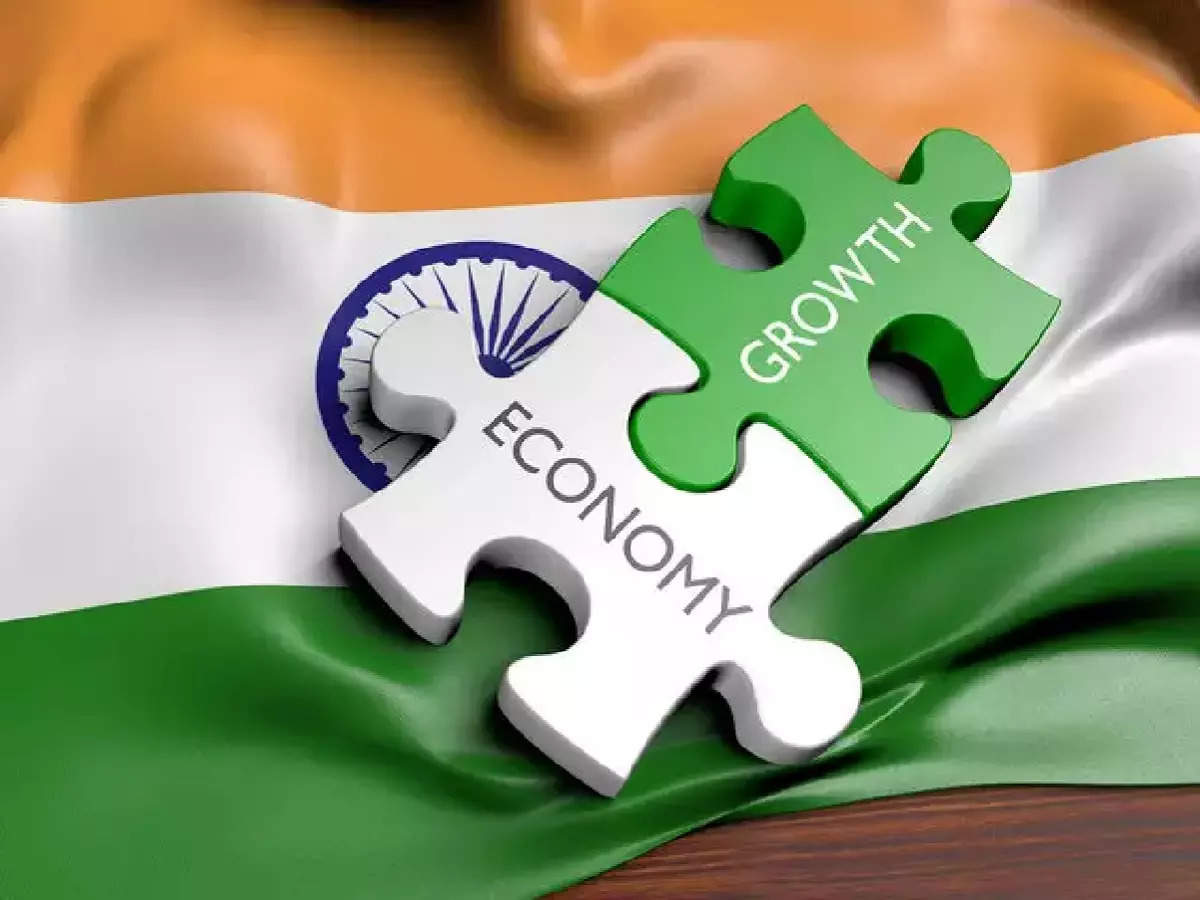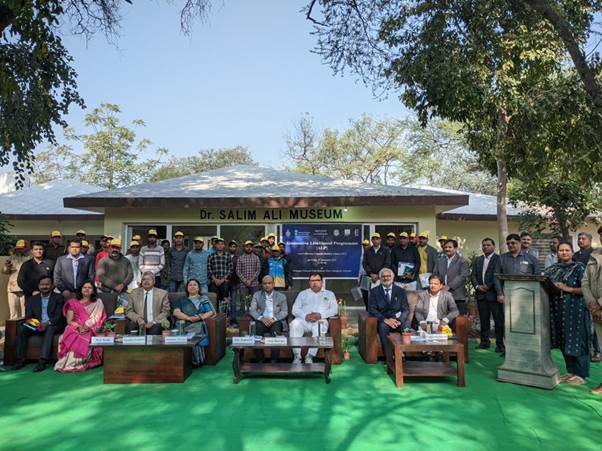- The Indian Army has launched Operation Sarvashakti in the Rajouri-Poonch region of Jammu and Kashmir to confront escalating terrorist threats against security personnel.
- This article delves into Operation Sarpvinash, a similar military operation carried out in the same region over two decades ago, and sheds light on its goals, relevance, and historical background.
Operation Sarvashakti: The Need for Action
- In recent years, there have been three significant terrorist strikes in the area, resulting in the loss of 20 soldiers. This highlights the urgency of Operation Sarvashakti.
- Foreign Terrorist Presence: The region is known for hosting foreign terrorists, which is a major security problem.
- Increasing Troop Presence: Operation Sarvashakti entails deploying more troops to boost density, hence increasing the likelihood of contacts with terrorists.
Reflecting on Operation Sarpvinash
- A counter-insurgency campaign in 2003: Indian military launched Operation Sarpvinash in response to the rising insurgency in Jammu and Kashmir.
- Extensive Troop Deployment: The operation lasted around three months and involved approximately 10,000 troops from the 15th and 16th Corps.
- Aerial Support: Mi-17 helicopters transported troops to Hilkaka, a terrorist-seized village, while Lancer attack helicopters destroyed concrete bunkers created by infiltrators.
- Decisive Outcomes: The operation resulted in the elimination of approximately 100 terrorists, large seizures of weaponry and ammunition, including explosives, and the demolishing of 40-50 terrorist hideouts.
Origins of Operation Sarpvinash
- Operation Sarpvinash began in the aftermath of the 1999 Kargil War and the December 2001 Parliament attack, resulting in a significant military mobilisation near Pakistan’s border.
- Preparation for 2003: Operation Sarpvinash preparations began when intelligence reports revealed the existence of over 300 foreign terrorists who had infiltrated the Line of Control (LoC) and built secure camps in Surankote and Hilkaka.
- Terrorist Control: These terrorists, who were associated with various Pakistan-based organisations, established a demilitarised zone and exerted dominance, including the construction of numerous hideouts and bunkers.
Strategic significance
- Crucial Location: The area south of Mendhar leading to the Pir Panjal range via Hilkaka provides the quickest infiltration route from over the LoC into the Kashmir valley.
- Infiltration Potential: Controlling this territory creates a possible route for personnel during a Pakistani military operation and promotes terrorist infiltration.
- Natural Cover: Dense trees and steep mountain slopes provide natural concealment, allowing terrorists to avoid Indian forces during searches and engage them strategically.
After Operation Sarpvinash:
- The region was relatively peaceful until 2017-18, despite continuous terrorist events in the Kashmir valley.
- Recent Escalations: However, since 2021, this area has seen a revival of high-intensity attacks against security forces.
Source: https://www.indiatoday.in/india/story/operation-sarvashakti-will-be-launched-in-jammu-and-kashmir-soon-poonch-rajouri-2488314-2024-01-13










